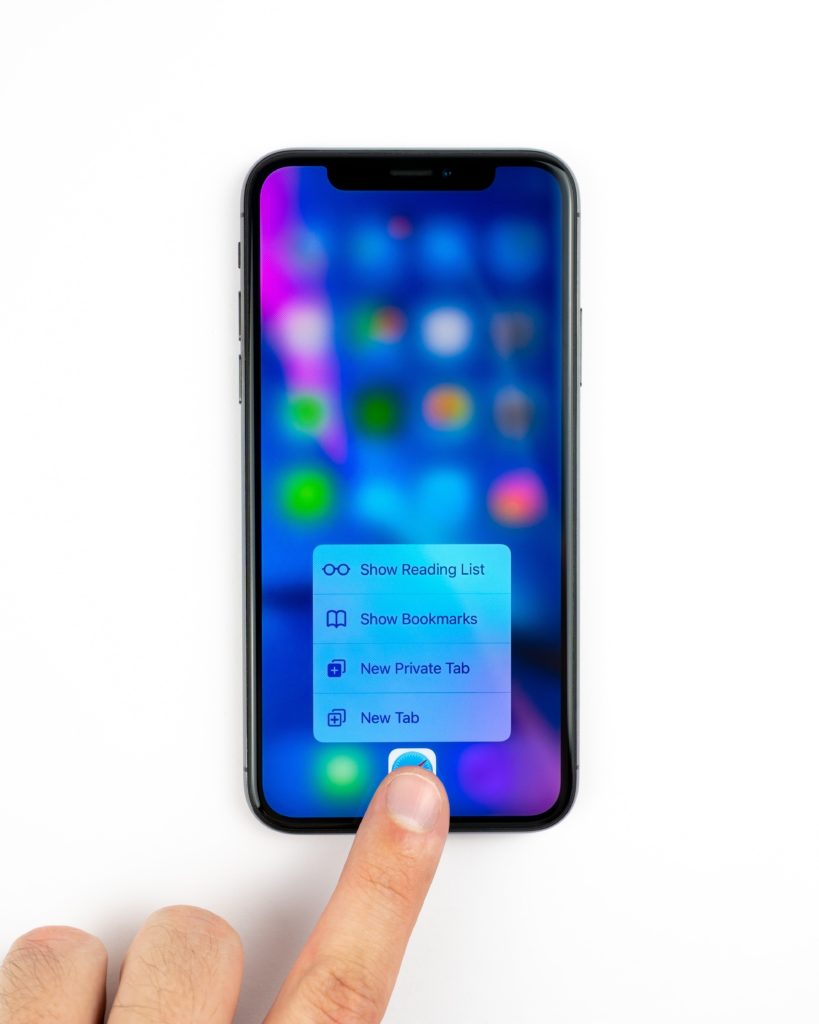When we do presentations, workshops, and talk with helping professionals about self-care, the #1 challenge to self-care is always time. Everyone knows that self-care is a good idea. Everyone wants to do self-care. But holy cow, we are busy giving and caretaking, and there isn’t much time leftover!
We get it – we have also struggled with finding time for self-care. As we discussed in our last blog post, our own self-care journeys have had lots of hills and valleys.

In this series of posts, we’re going to talk about 3 ways you can be a time wizard! We’re going to cover three approaches to finding time for self-care and give you lots of examples. These approaches can be a menu of options to choose from – and we would love to hear what strategies have worked for you too.
Before we get into the details, we’d like to acknowledge: This is hard! It is genuinely hard to find time for self-care, especially for those of us in the helping and health professions. Our careers can leave us little extra time or energy, there are always more people to help, and that isn’t even taking into account our lives, families, and interests outside of our careers.
Remember, “No shame, no blame.” Whatever you did about self-care before is in the past. You don’t need to beat yourself up about it, and we certainly aren’t judging you!
We’d also like to acknowledge that we fundamentally believe that the systems we work within need real change. We want organizations to value self-care and see their workers as people, not tools. We also believe that self-care can be a path to social justice: We will never have the energy to change these organizations and systems when stretched too thin and exhausted. That’s why our motto is: Look after you, love what you do, change the world.
When you connect with values, time gets easier to find
Before we make suggestions for managing your self-care time, we’d like to revisit the first step in any self-care plan: Connecting with your values. If you need a refresher, you can read about 1) why we link values to self-care in this previous post, and 2) how to identify your values and why it is worth the investment in this post here.

Why do we mention values again? Because sometimes when people say, “I can’t find time for self-care,” the problem is actually a weak link between their self-care activities and their values. In this situation, people are often attempting to engage in self-care that they feel they should do, not the self-care they want to do.
In this situation, of course it’s challenging to find time for self-care – no one wants to carve out time to do something they dislike! (Trust us, we’ve spent a lot of time trying!)
We’d like you to take a moment to get real with yourself: That self-care activity you’ve been trying to find time for but can’t – are you sure it’s how you want to spend your time?
And if you need permission to let go of your self-care “shoulds,” we grant it to you. No matter if you “should” be exercising, or “should” be eating better or “should” be doing something else. We can’t do those things from a place of burnout. Self-care is the personally joyful, meaningful, and engaging stuff we genuinely want to do. Once you start doing more of that, you can deal with some “shoulds” – if you want to.
Moving On to Time
There are 3 ways you can work with time to create “more” of it:
- Change how you use your time
- Change what you do with your time
- Change your thinking about time
In this blog post, we’re going to talk about #1: Changing how you use your time.
Change How You Use Your Time
Strategies that create time by changing how we use it are focused on using our time more efficiently. The philosophy behind these strategies is that if we can be more efficient with how we use our time, then our tasks should take up less of it, leaving time left over. We can then use this leftover time for self-care activities. If it used to take me 30 minutes to prep my lunch every day, and I can trim that down to 15 minutes, then I gain 15 minutes to be spent somewhere else.
We can also try to be efficient with our self-care (if we desire) such that our self-care takes less time but still brings us the therapeutic benefits of looking after ourselves. We covered this when we talked about #smallwinselfcare, and if you need a refresher, you can read that blog post here.
What are some ways we can be more efficient with our time? We love trying to find ways to be more efficient, and we could talk about this for hours! Some of our most useful suggestions are: decreasing distractions, biological prime time, and automating/batching.
Decreasing Distractions
Being distracted is a guaranteed way to make any task take longer. For example, if I write this blog post while also watching an episode of something on Netflix and keeping my inbox open, it will probably take me longer than if I close my email and turn off my notifications on my phone. If I don’t finish it in the time I set aside for it, I will either need to work on it tonight (late!) or block off more time tomorrow. It will end up taking me 5 hours instead of 90 minutes!

What are some ways to decrease distractions? Evaluate the inputs you are receiving regularly. Our most modern distraction culprit tends to be digital. Is your cell phone pinging you when you should be working with updates from Facebook? Do you keep your email open all of the time? If you’re suddenly working remotely due to COVID-19, do you have a space to do it and boundaries in place for your family members?
You might work in an environment where distractions are just the name of the game. In these situations, guaranteeing some distraction-free self-care downtime (even a brief lunch or dinner break, or some deep breaths in a private bathroom stall) will still give your mind a little reprieve from the distractions that can wear it out.
Biological Prime Time
Biological Prime Time (BPT) is a concept we learned from Chris Bailey, author of the Productivity Project. Everyone has their own unique BPT, which is when you can bring the most time and energy to your tasks. Jorden’s BPT is about 8:30 am-noon, and Jess’ is earlier in the morning. BPT means scheduling your day (if and when you have the luxury of doing it) to capitalize upon this time. For example, because I (Jorden) have my BPT in the morning, that’s when I schedule activities that need the most energy. For example, this upcoming weekend, all of my family’s food prep (a task I hate doing but which benefits my self-care substantially) is scheduled for Sunday morning. If I leave it until Sunday afternoon, I will be much less likely to do it, and then I will order a lot of take-out next week instead of cooking dinners (a task I also do not enjoy!). If my food is all prepped, I might still grumble about making dinner – but I’ll do it!

It’s important to note that everyone has their own unique biological prime time. It would be best if you didn’t assume when yours is, nor is it necessarily going to be in the morning. You might need to track your energy levels for a few days to get a sense of when BPT is for you. If you seem to be consistently low energy all of the time, you might be experiencing burnout – which indicates you have a bit more work to do on your self-care and healing before focusing on your efficient use of time.
Automating and Batching
The last strategy for changing your time is to consider automating and batching where you can. Automating, in this sense, means having a system in place to shorten the time it takes you to do something or – if possible – completely automating that task. Whenever we have to switch tasks, our brains take a bit to catch up – sometimes more than 20 minutes! Task batching works by reducing the number of times in your day that you have to switch, reducing that time the brain spends catching up. For more information on task batching, we love this blog post from Passion Planner (we love Passion Planners, but this post is #notsponsored)!

Automating and batching are usually described in terms of getting organized in our work. For example, a therapist who uses an online scheduling and billing system would be automating that task. Or if we sit down to batch answer emails and we only do that one task until our inbox is cleared. But automating and batching can be used for other tasks as well. For example, when Jorden sets up the coffee maker at night and hits the button that programs it to go off at 7am, that’s a small act of automating. Or if you prep all of your meals for the week on Sunday’s, that’s batching.
What are you going to try?
That’s a wrap for this blog post – which way are you going to use your time differently? Do you have a strategy we haven’t listed here?
In our next blog post, we’re going to changing what you do with your time.
Stay in touch!
We’d love to share it with everyone else via our Instagram page, so @ us, slide into our DMs, or send us an email!
